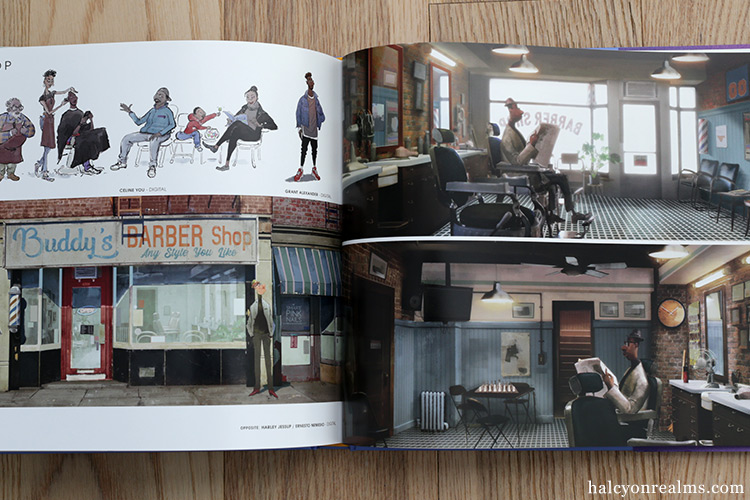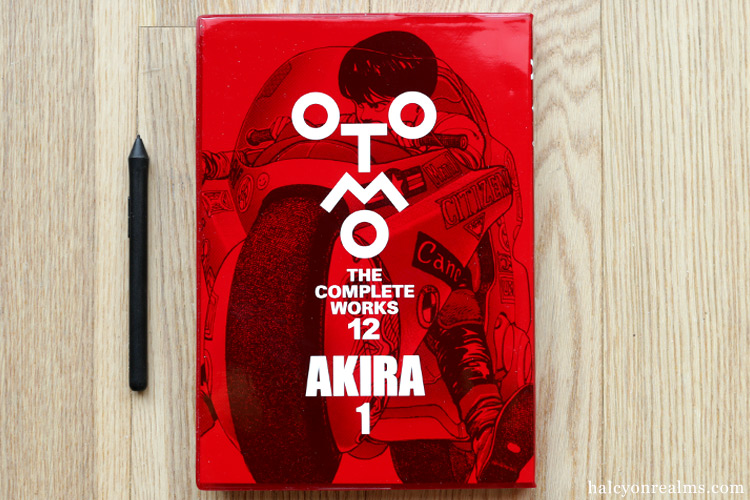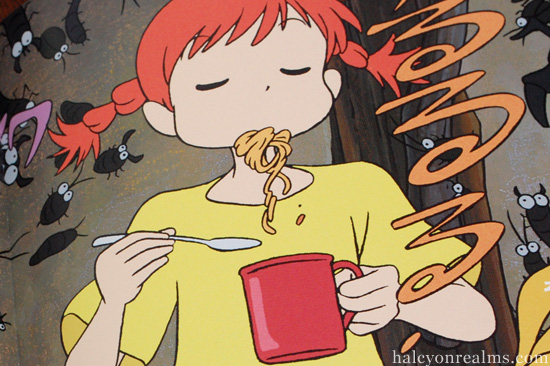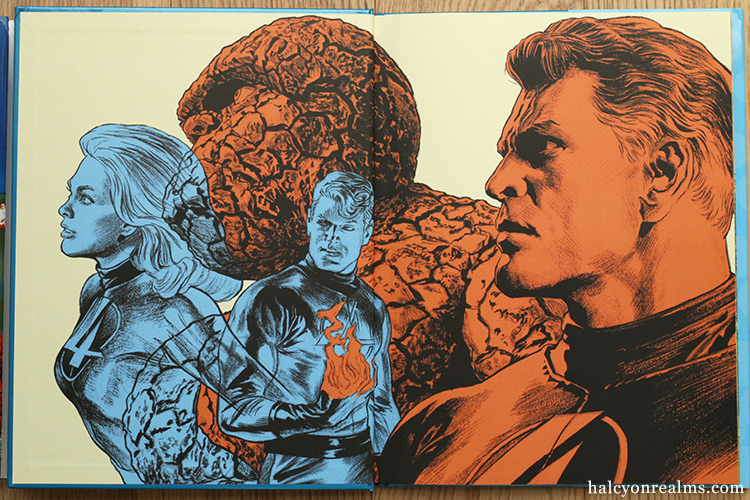Posts Tagged ‘Cinematography’
Rule of Thirds, se7en, and the beautiful work of Darius Khondji
Chiaroscuro – From Caravaggio to Harris Savides
I believe I first heard of the obscure word Chiaroscuro many many years ago as an art elective student in Victoria School – My then art teacher, a distinguished Irish gentleman named Paul O’shea, was an accomplished artist who taught the subject with such passionate fervor that Art history left a deep, lasting impression on me and continues to be a big source of inspiration for my works today. Mr O’shea also pronounced Chiaroscuro ( and Contrapposto ) beautifully; I lucidly remember my classmates and me grinning in childish pleasure every time the word escaped his lips.
Chiaroscuro, simply put, means light and darkness. In painting terms, it denotes the use of deep variations in and subtle gradations of light and shade to create the illusion of three-dimensionality, often to dramatic effect. The Baroque artist Caravaggio was a champion of Chiaroscuro, creating paintings ( Supper at Emmaus, below ) as hauntingly beautiful now as they were 400 years ago.




















